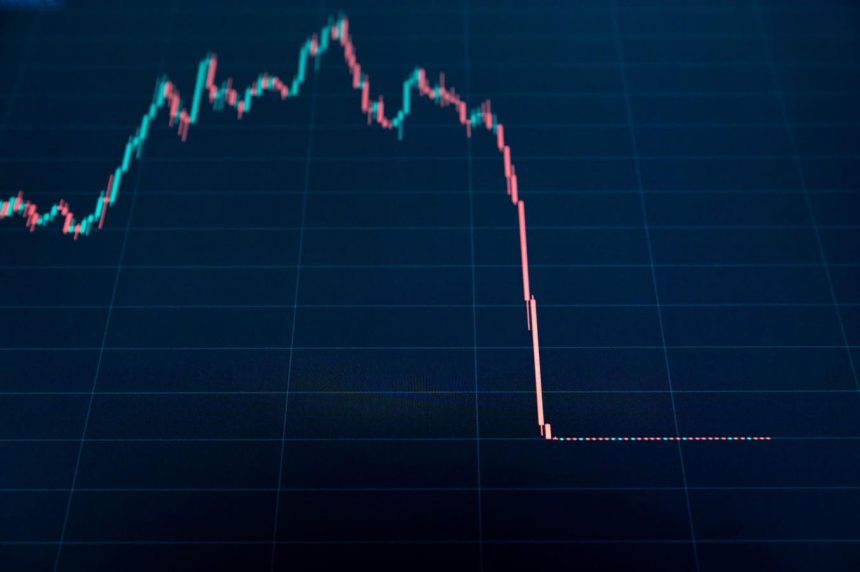The crypto market joins other risk assets in one of the worst bloodbaths of the past year.
The price of Bitcoin
Bitcoin
Cardano
Solana
Dogecoin
XRP
BNB
Crypto’s bloodbath appears to be part of a broader flight to safety.
After the worse-than-expected unemployment report on Friday, the economy entered a technical recession according to a measure called the “Sahm Rule.”
This rule marks the beginning of a recession when the unemployment rate’s three-month average increases by at least half a percentage point from its lowest point in the past year.
Friday’s unemployment figures crossed that threshold and capped off a week of disappointing data that points to a more abrupt downshift in the economy than expected.
In response, investors flew for safety and the stock market went downhill.
Since Friday, the S&P 500 is down 2%, the Nasdaq 2.5%, and the Dow 1.5%. It may be, however, just the beginning of a broader rout, considering the Monday bloodbath overseas.
Will crypto ever work as a risk hedge?
Crypto’s sudden crash begs the question: Is crypto still a speculative asset or a hedge against inflation and recession? So far, it appears to be the latter.
As stock markets dipped on August 2 due to recession fears, crypto went into a downright freefall.
Since Friday’s downturn, the crypto market has experienced its largest three-day sell-off in almost a year, losing more than $500 billion in total market value. According to CoinGlass data, the bloodbath wiped out more than $1 billion in leveraged positions over the last 24 hours, including over $365 million in Bitcoin and $348 million in Ether.
However, one analyst argues that crypto is just a bystander caught in a broader sell-off, which doesn’t necessarily indicate any weakness in the asset class itself.
Speaking to Bloomberg, Lightning Ventures’s Khushboo Khullar, who invests in crypto-tied firms, said that crypto was caught in a “panic” rush for liquidity as traders scrambled to cover margin calls.
She argues that it’s a temporary sell-off, presenting a “fine buying opportunity.”
eToro market analyst Josh Gilbert supports Khullar’s view.
“Crypto assets have sold off, but many investors will see an opportunity. We see Federal Reserve rate cuts, which are now likely to come sharper than expected, as hugely positive for crypto assets,” Gilbert said in an interview with Coindesk.
Crypto is making leaps and bounds toward the mainstream
Meanwhile, crypto, especially Bitcoin, continues to gain ground as a mainstream alternative asset.
More than half a year after the introduction of the first Bitcoin ETF, Morgan Stanley announced that its advisers will be able to offer Bitcoin ETFs starting Wednesday.
Citing people familiar with the matter, CNBC reported that the investment bank will allow over 15,000 of its financial advisors to sell BlackRock’s IBIT and Fidelity’s FBTC.
It’s a major win for crypto considering the lengthy company and regulatory processes in major investment banks, and yet another significant step toward the “mainstreamization” of crypto.
Read the full article here














